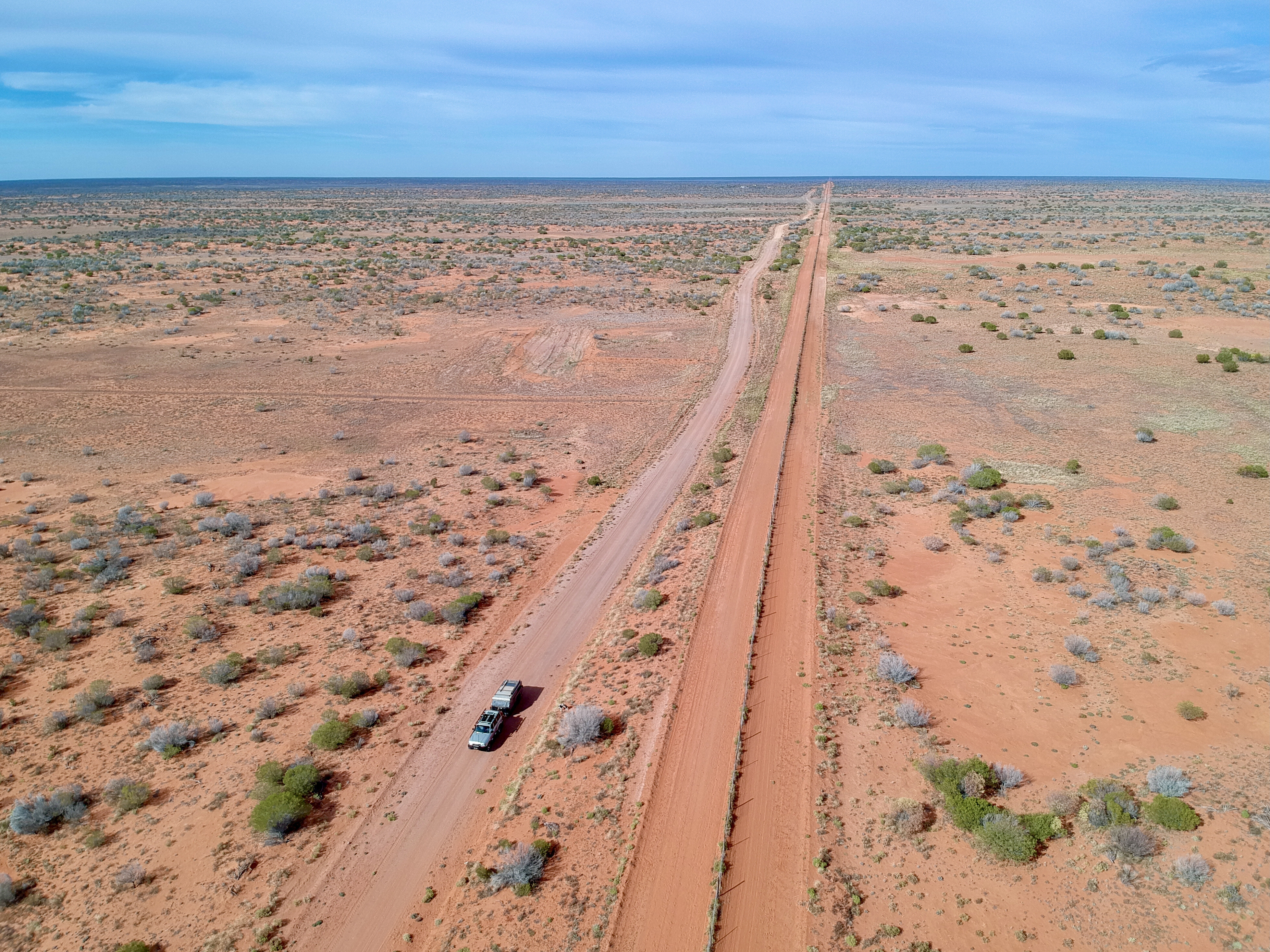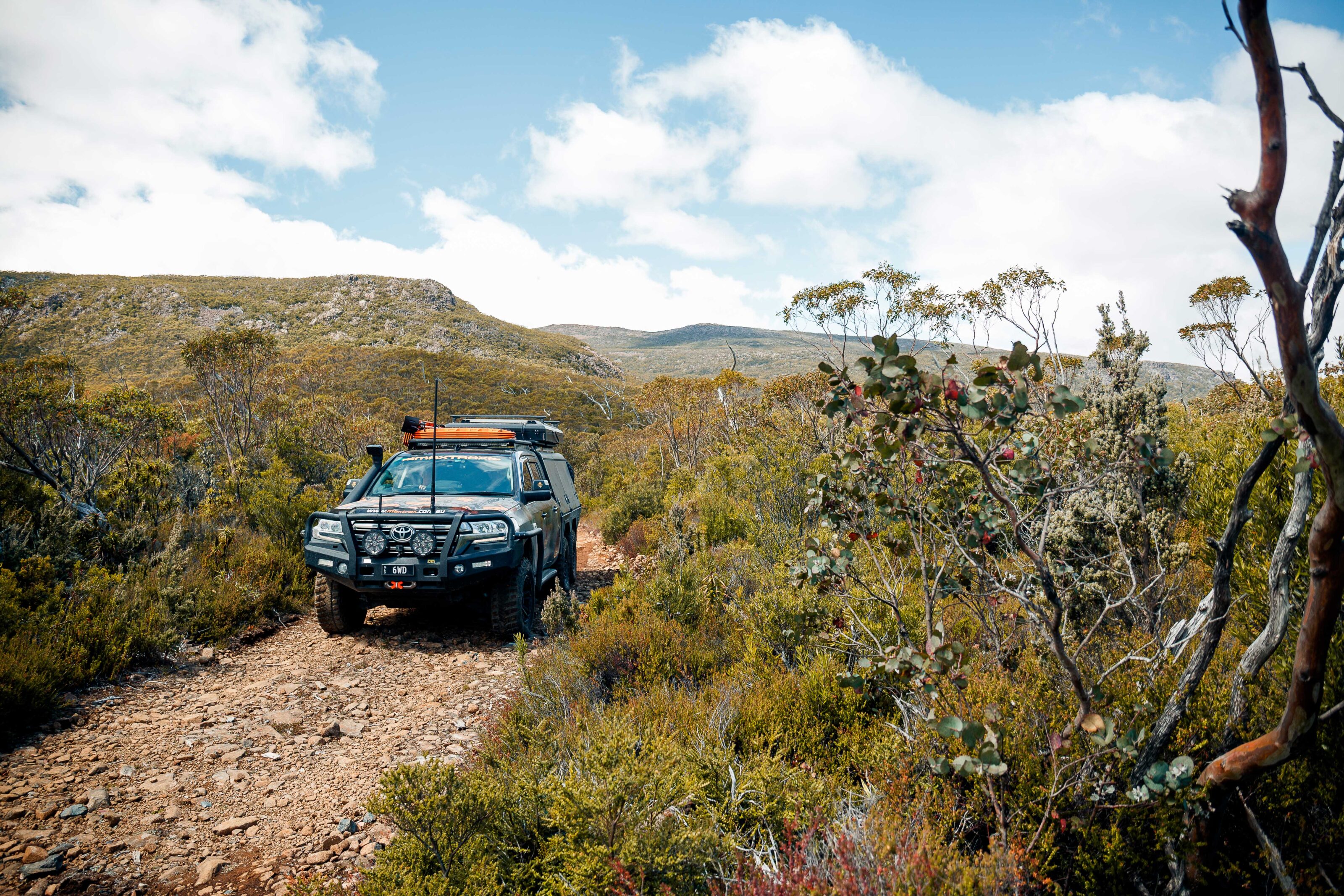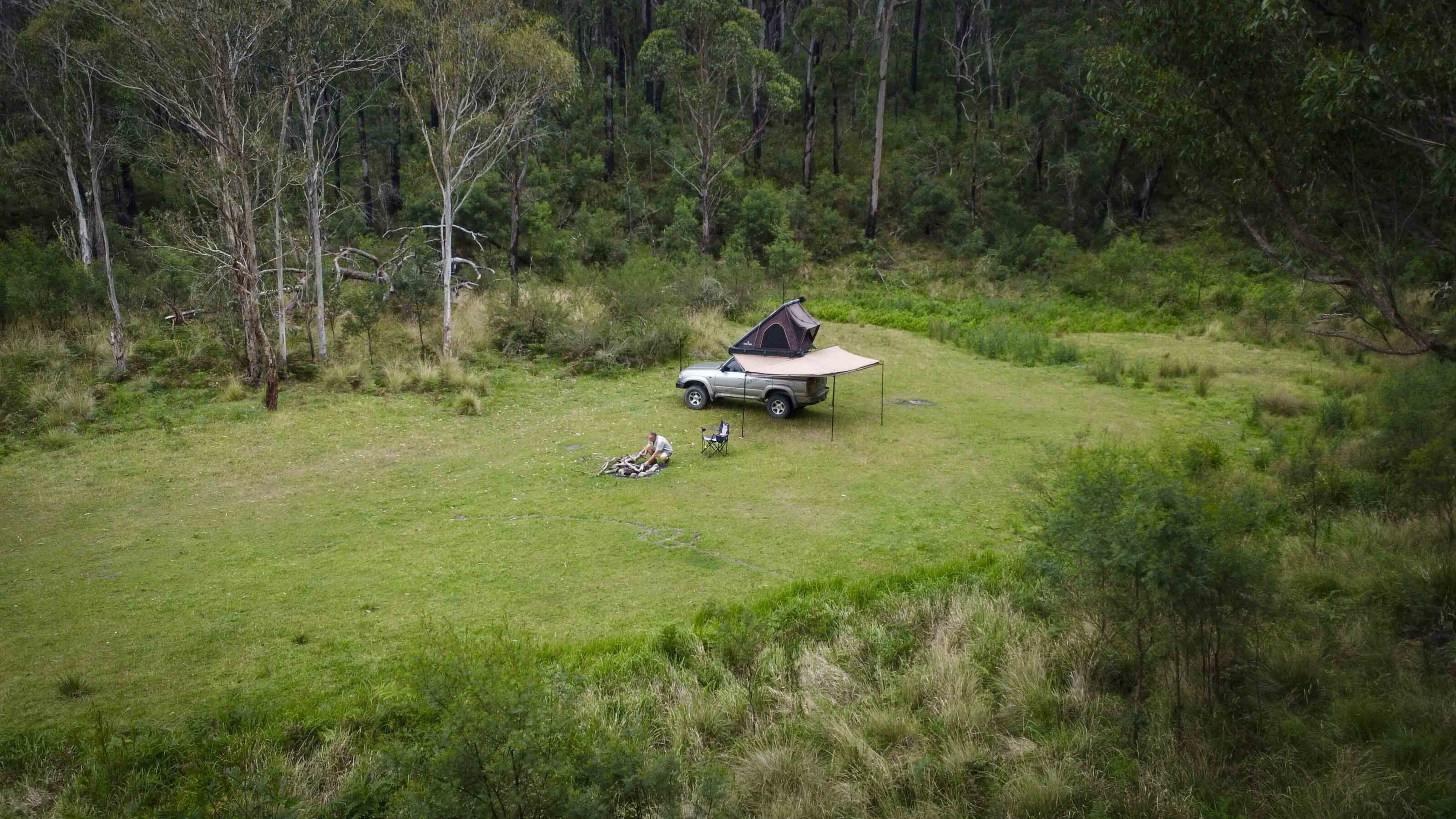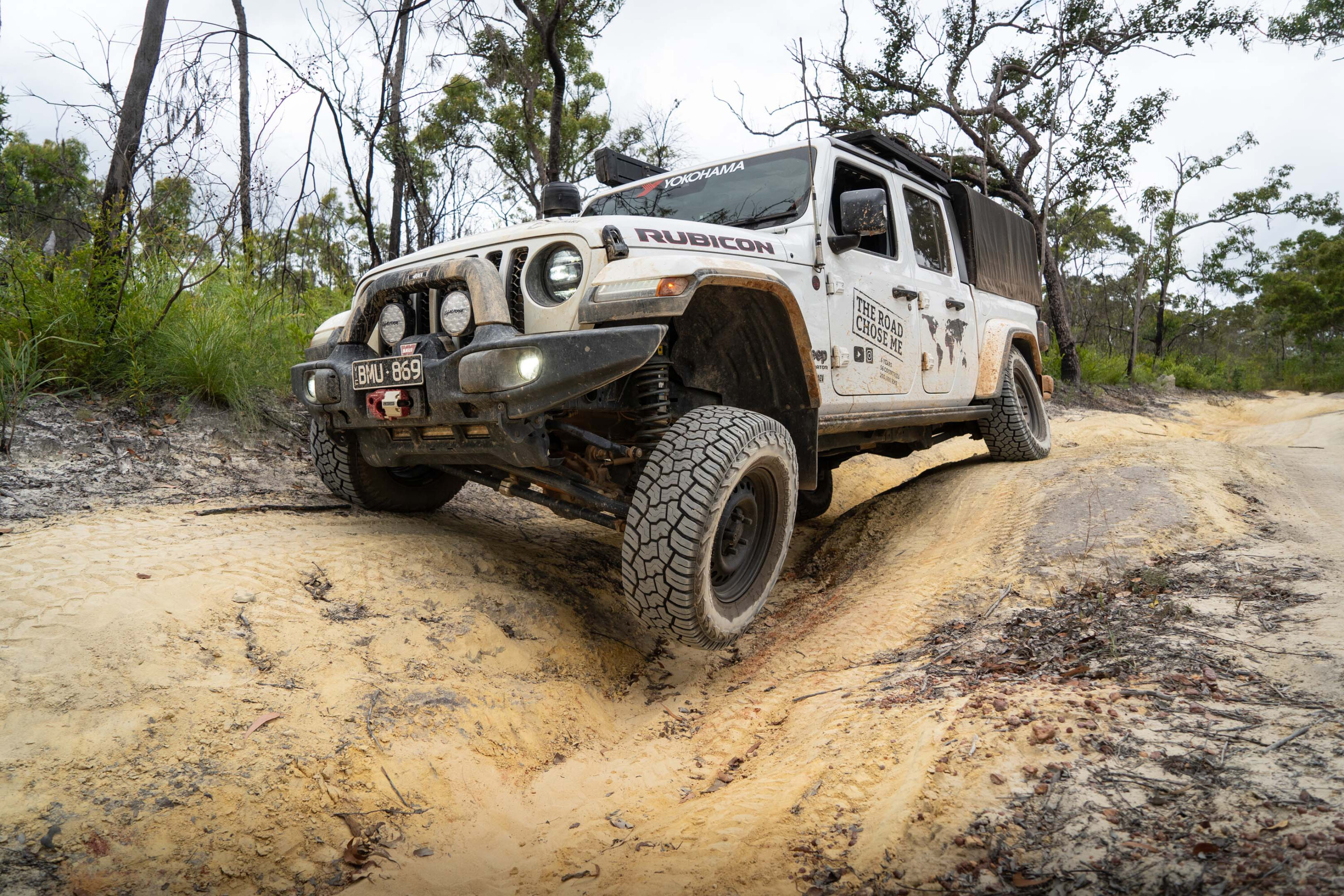Broken Hill, some say it’s in the middle nowhere, where the real outback starts. Now, while I sort of agree with this, I reckon Broken Hill is in the middle of everywhere. There’s always plenty to do in the Hill, like exploring the historical mines, visiting the many galleries, exploring amazing Silverton, and of course seeing the Sunset Sculptures in the desert. Our recent visit was to check off all of these things, do a decent shop and head farther north.

With the recent sealing of the Silver City Highway all the way north to Tibooburra, we really didn’t want to ride the bitumen for the four-hour trip. This gave us the chance to explore roads west of the stunning Barrier Ranges, across to the South Australian border along the world famous Dog Fence.Heading 30km north from the Hill towards Tibooburra we found the turn-off for Corona Road (a timely reminder of the current health crisis), and straight away we were in our element as the road went straight to dirt plus it was marked as ‘4WD only’ due to possible flooding.
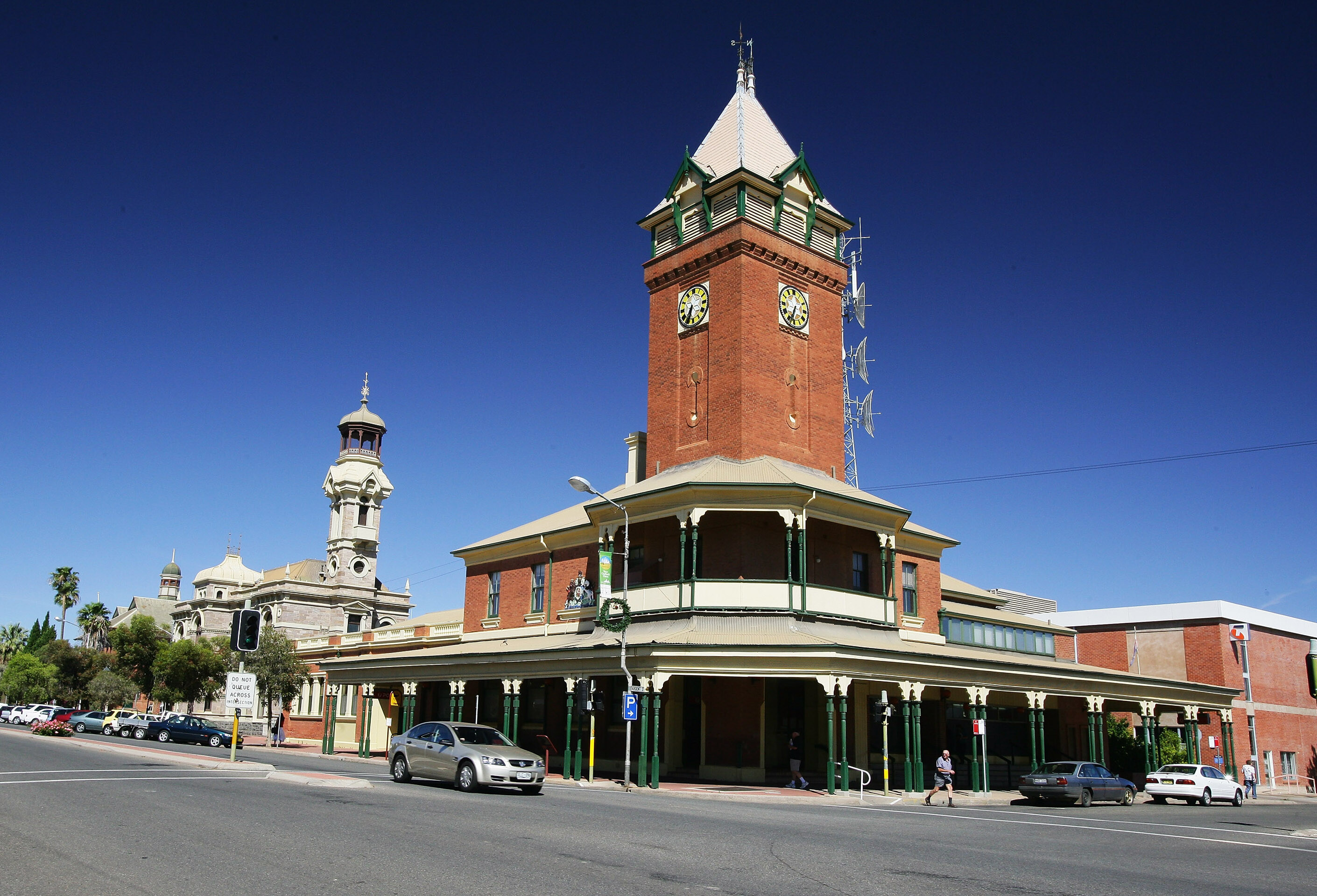
Fading history
The country out here is pretty bloody amazing – endless plains and stunning views for as far as the eye can see. After spending time dropping tyre pressures we pottered along Corona Road with the sun in our eyes, passing through the Robe Range and the southern end of the always stunning Barrier Ranges.It wasn’t long until we noticed what seemed to be an old railway line that was following the road and marked on the maps we were using. Soon after, we stumbled across what seemed to be massive quarrying in the hills and ruins that seemed to be scattered across several miles.
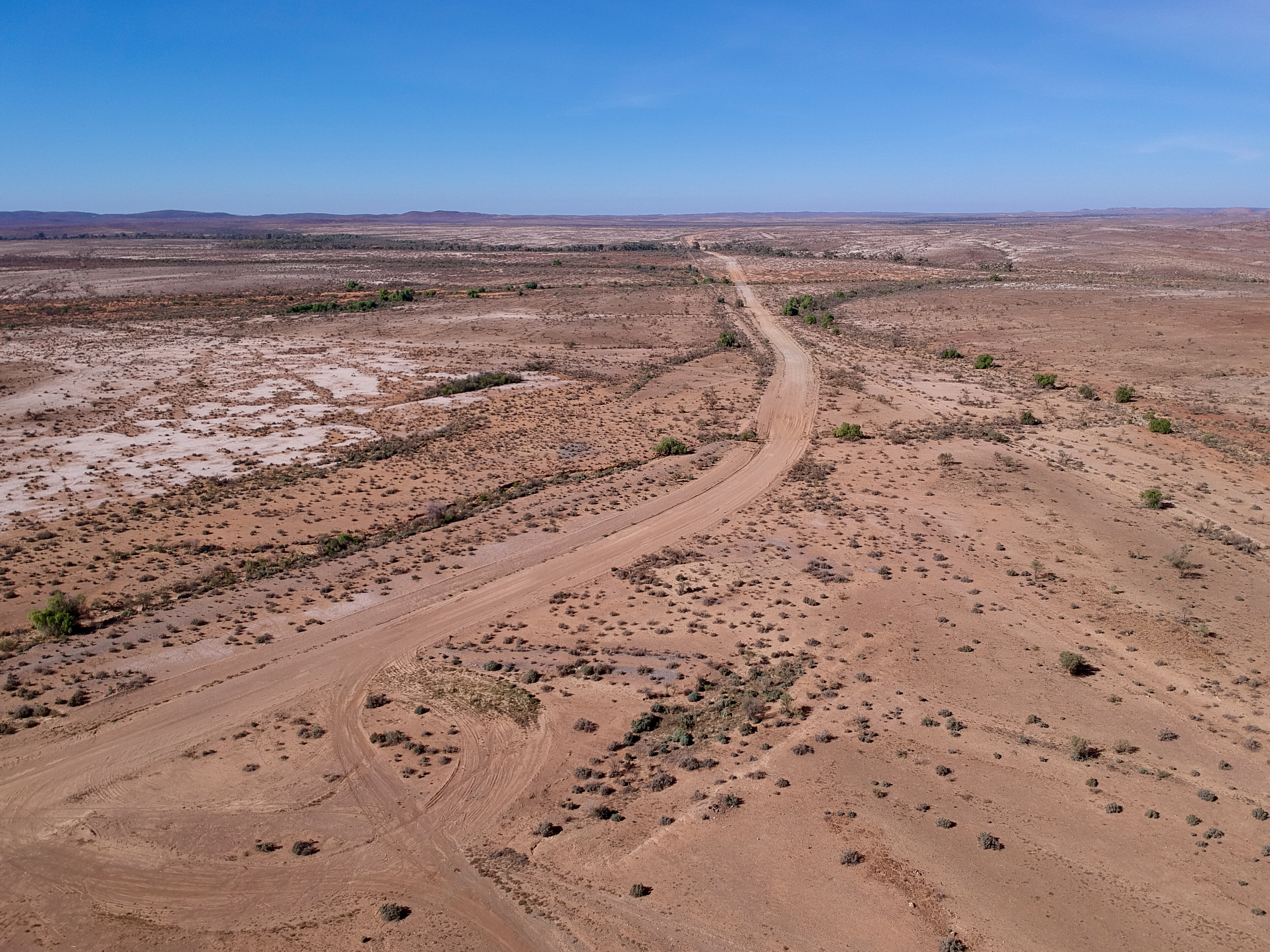
Poking around the ruins it was soon obvious that this was a pretty major operation. In fact, this was part of the Tarrawingee Tramway that ran from here south to Broken Hill via Stephens Creek, carting high-grade limestone suitable for use as flux in steel-making smelters. This three-feet six-inch narrow-gauge line separated into different areas at the head, but towards the four different quarries are several sidings, platforms, yards and an overhead loader where the line was reduced to two-feet.Spend time here and there’s a huge amount of relics to be seen, from building foundations, old wells, rail structures and implements; we even walked the raised sidings, spotting more relics spread across the land. The main quarry must be a hundred feet deep and half-a-mile long, with bins left behind. The views from the top of the quarry are nothing short of fantastic, looking down on the old town and to the Barrier Ranges in the east.

The Tarrawingee Tramway was constructed in 1891 and closed soon after in 1898 due to the loss of flux traffic, but it reopened following public outcry and ran for a further 30 years. Moving 25,000 tons of solid aggregate to Broken Hill, the tramways were dismantled in 1959.After leaving Tarrawingee, Corona Rd heads north through private stations where access is open to the general public – but gates need to be left as you found them, and stay on the main road.
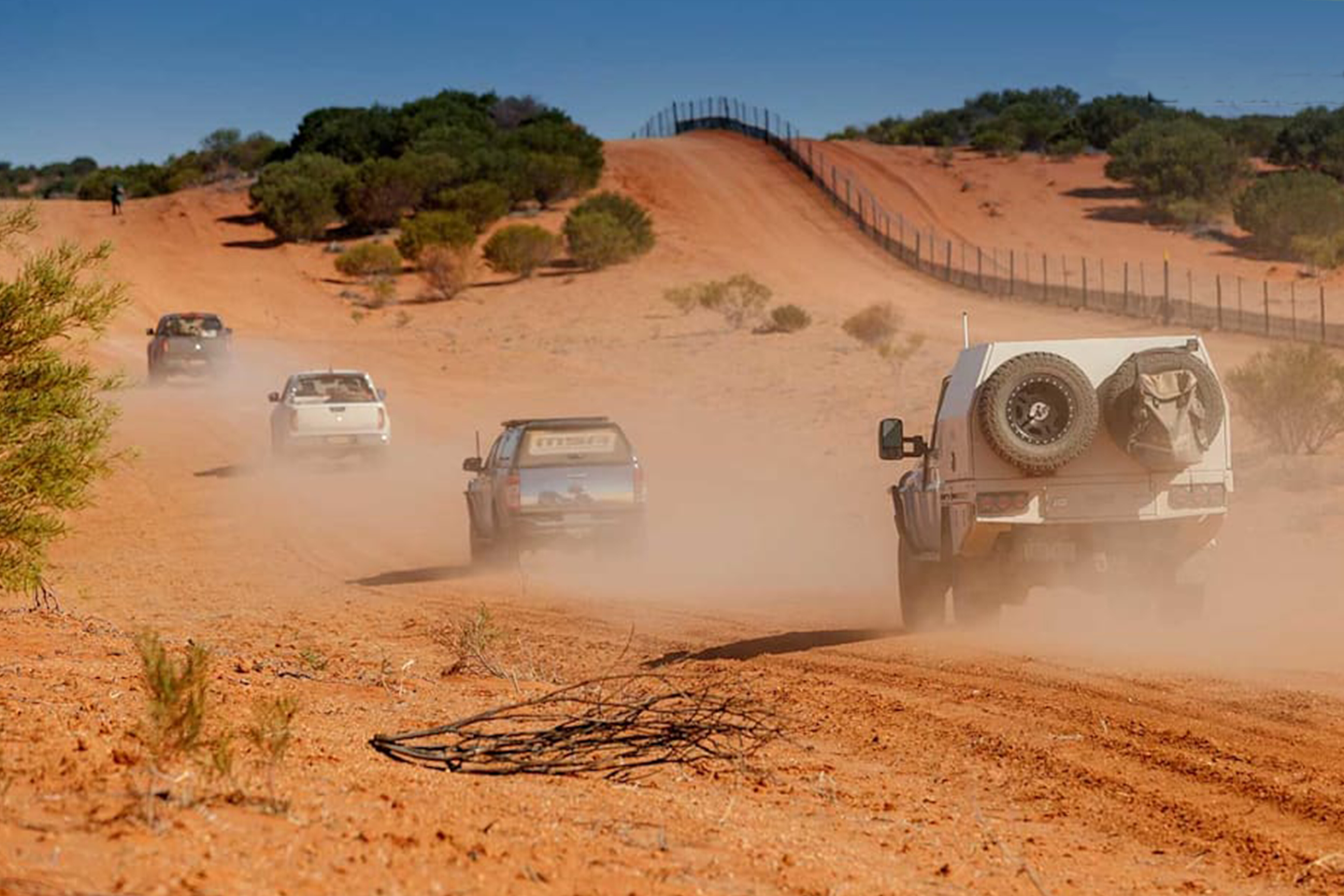
Following Sturt
There are a few stations along the way that allow camping in designated areas such as Mount Gipps and Pine View, with pretty basic options. Our camp at Pine View was on an out-station where there were no facilities, which was fine. Interestingly, here at Pine View and indeed along the route we were taking, it was the same as the one taken by one of Australia’s greatest explorers, Charles Sturt. While on his way north to Tibooburra in 1845, he camped nearby at a drying waterhole.Being in the southern end of the Strzelecki Desert, it’s around the Pine View area where the road starts to get a sandy base, with more and more sand dunes appearing as you drive along. Pine View is very welcoming as soon as you pass through the station gate, with a scaled version of the homestead’s façade alongside an info board – plus there’s a bush book exchange inside an old beer fridge.

Border Downs is the next station we entered and it seemed like it was gate number 200 that we opened and closed for the trip. It was here we noticed the track was getting ever so closer to the iconic Dog Fence and the SA border. After crossing the dry Kuthajerri Plain, our track ran parallel to the fence just 50 metres away. Between us and the fence is the fence service road which is illegal to drive on, but we were pretty rapt to run parallel with the fence for nearly 50km – this is the only place on the fence’s entire 5300km length where this can be done. There’s no direct access to SA along the fence and huge fines apply if you drive along the service road or through Smithville outpost and Hawker Gate.Our trip swung to the east over the blistering white quartz-covered hills towards Milparinka, with a quick diversion to Depot Glen and Preservation Creek. Floods had swept through this area a month earlier, and we were among the first to gain access to the grave and memorial of James Poole. He was buried under a gnarly grevillea back in 1845 after dying of scurvy waiting for Sturt to return from his search for the inland sea.

Not far away, the beautiful town of Milparinka was our next call. We walked around here in amazement at the restored sandstone buildings, ruins and the newly built history museum which gives you a glimpse in to the past and just how tough – yet, at times, how beautiful – this area once was.It’s easy to lose a few hours here, but our final destination was still a couple of hours away. The plan was to stay away from the tar, but with several roads closed nearby we had no option but to hit the bitumen and head through Tibooburra. Not a bad thing by the way, as it’s a port of call to get fuel and to top up on a few groceries. Tibooburra is a place built in and around the 450-million-year-old granite tors, which Aboriginal peoples call ‘heap of rocks’, and anybody who has been here can certainly agree to this.

Heading west from Tibooburra, we were soon traversing treeless plains which looked dire. So just imagine the poor explorers who, with wagons, camels and stock, may have only travelled up to 40km per day through here. It must have been bloody tough.Passing through Sturt NP on its sandy and often corrugated roads, we wanted to check out Lake Pinaroo (Fort Grey Basin). I’ve been here a few times when these wetlands were full of water and alive with wildlife. I was also here a few years ago when it was totally dry, which gave us a chance to walk through to see the tree that Sturt had marked on his journey and check out the relics left behind when they sunk a bore looking for water.
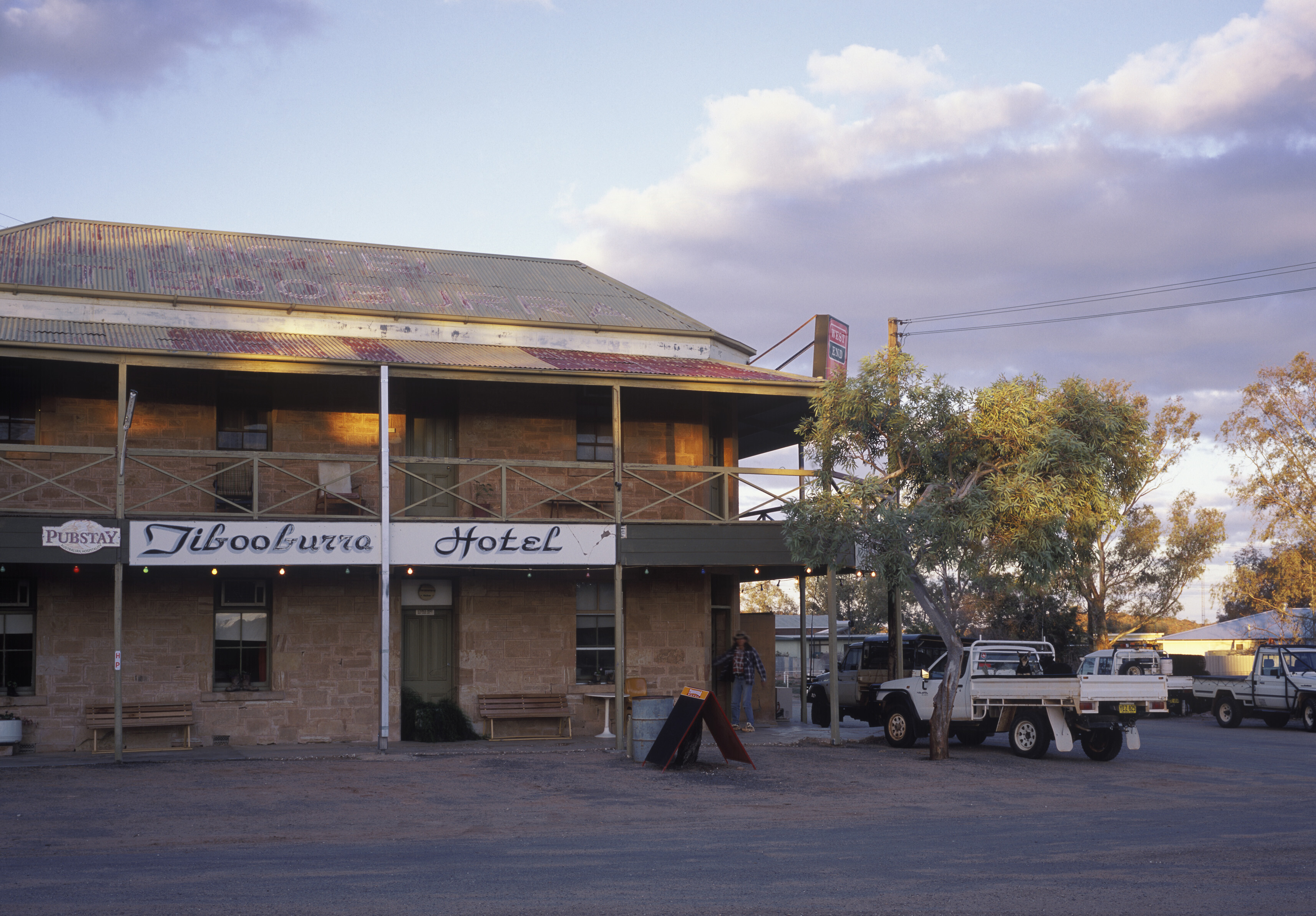
With the massive deluges this area received a few months ago, it was great to see the wetlands full of life. When full, Lake Pinaroo takes around six years to dry out and has the largest basin within the NSW part of the Simpson-Strzelecki desert system.It’s about a three-hour drive from Tibooburra to the north-west corner of NSW, to the aptly named Cameron Corner, where surveyor John Cameron spent several years – around 1880 – marking the borders between SA, NSW and Queensland. In his early days he sunk a post to mark the SA border, creating the tri-corner with NSW and Queensland – although correct at the time, with modern GPS technology it was found the corner was actually a few metres out. Today, a concrete pole marks the true spot.
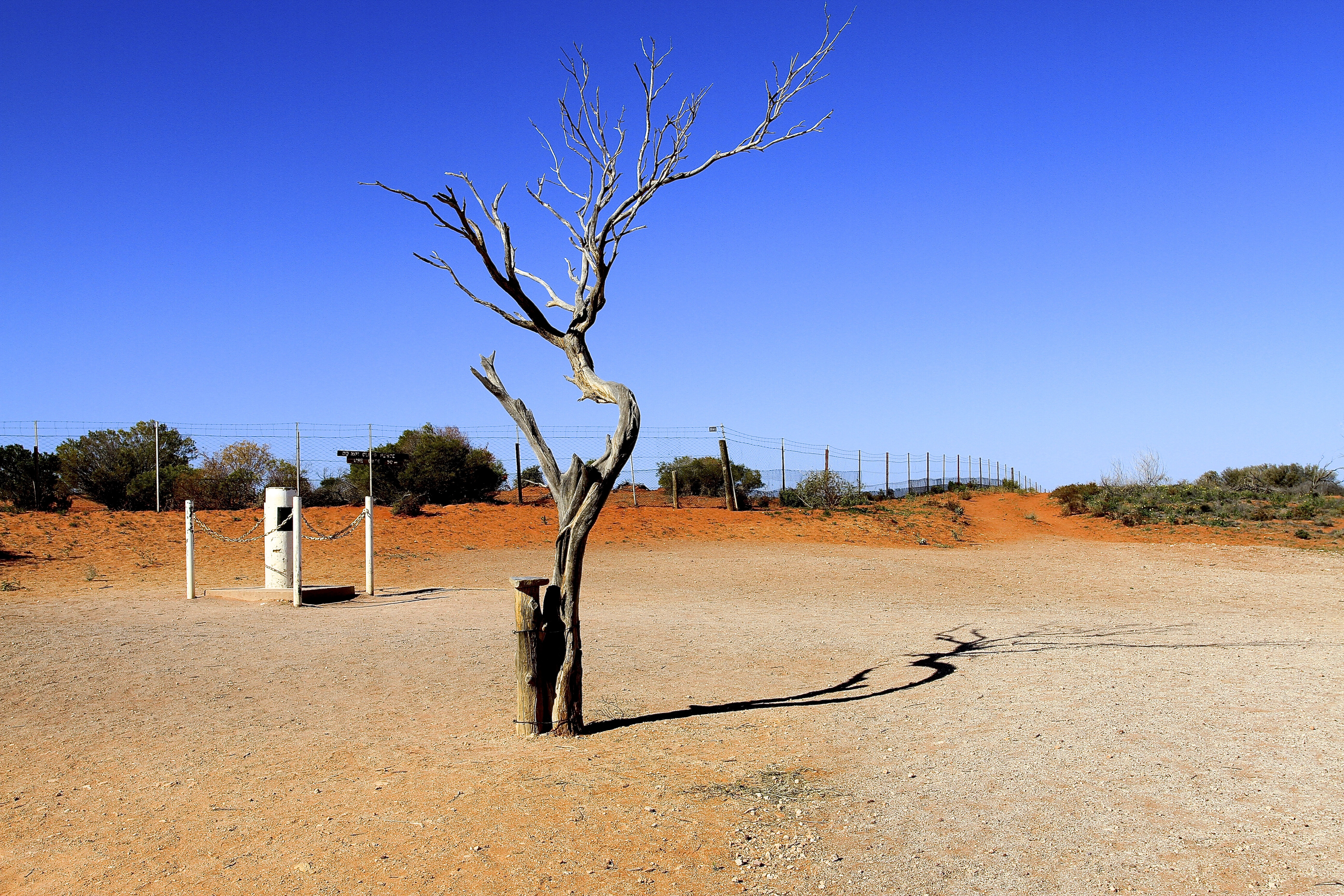
Corner store
In true tradition we always stop at the Cameron Corner Store (in Qld) to enjoy a tasty pie or a coldie and to escape the hordes of flies that have bred during the past summer. We then continued west in to SA and towards the Strzelecki Track along the Merty Merty track, to camp some 95km away.While this is ‘just another dirt road’ it’s actually the start of ‘jump up’ country where there are more than a hundred dunes (or jump ups) to go over. Some of these are only slight rises, while others have either a sharp incline, decline and some with both. Chatting to the local copper, he said most accidents out here occur by foreign tourists who drift across to the other side of the ‘jump up’.
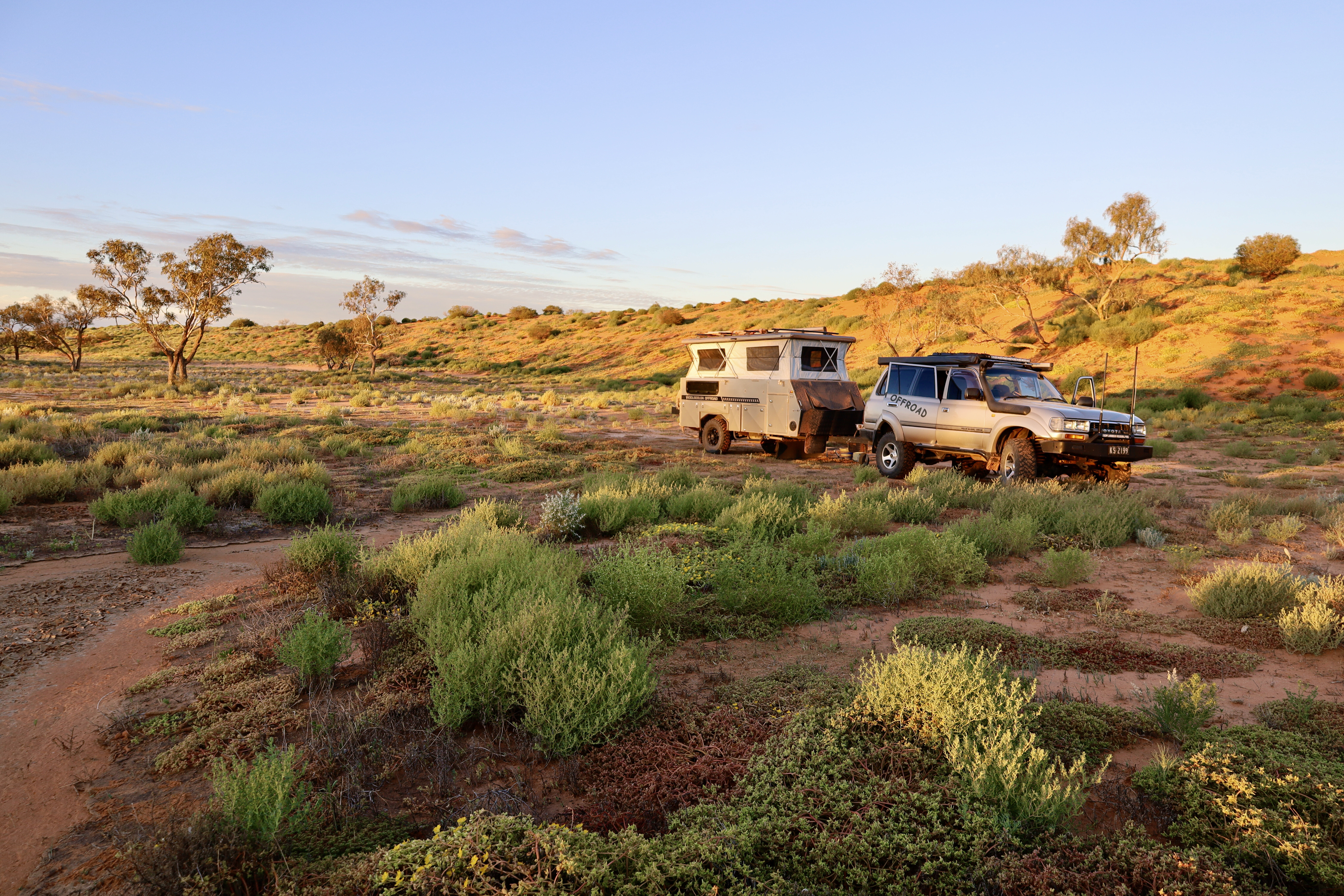
From the top the views from the taller ones are stunning, with the track snaking its way across the countryside and rich red sand sparkling in the distance – if you’re lucky, pops of colour will highlight the background. Our camp for the night was beside the dune just on the outskirts of Merty Merty Station, and as the sun was setting we were graced by another stunning outback sunset showing the true red in the nearby dunes.While this trip is not rated hard or extreme, you need to be comfortable with remote travel as there is no fuel, services or even a phone signal for nearly 500km. Some stations may help out, but always do the right thing and respect their land, and it wouldn’t hurt telling somebody your travel plans through this area.
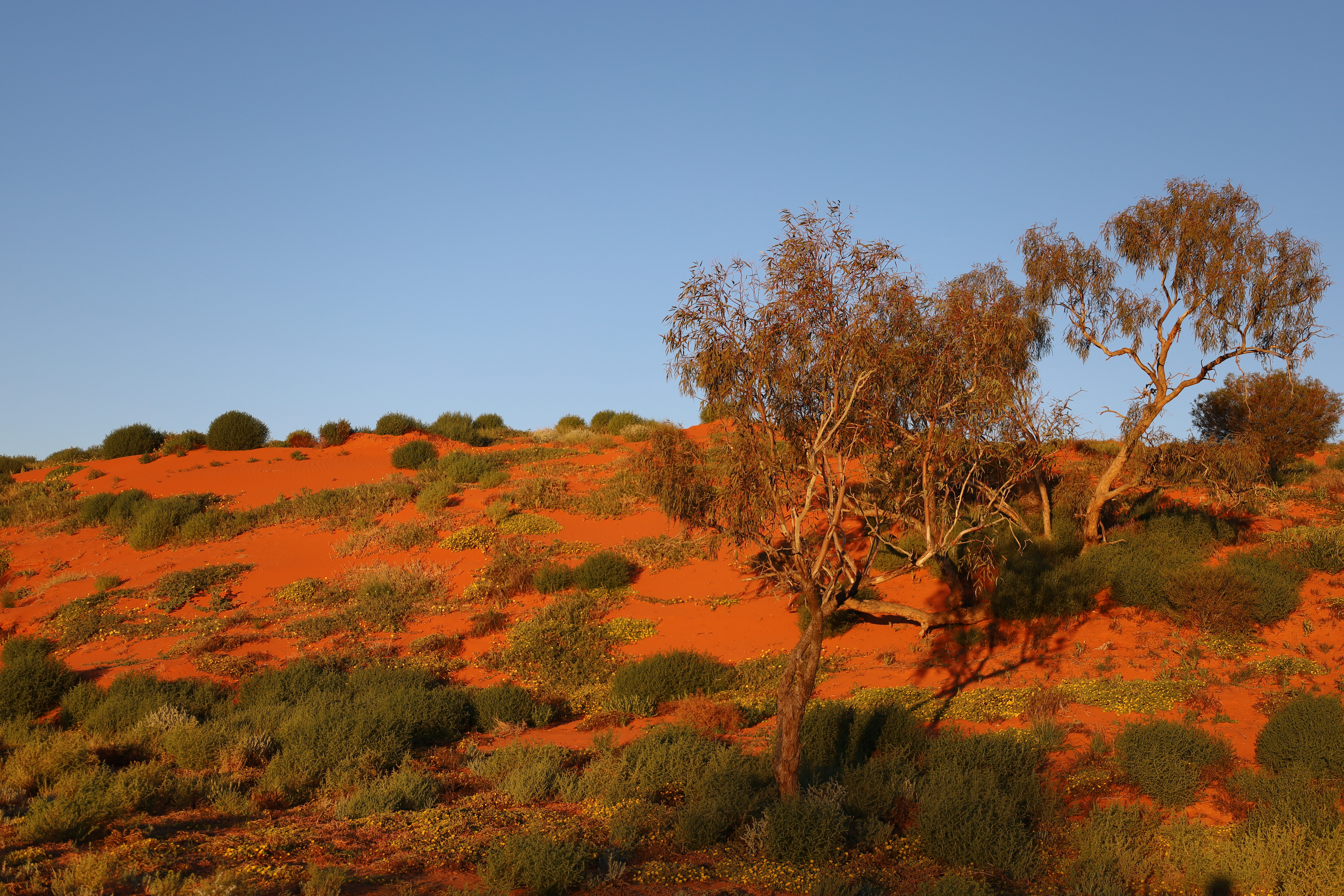
5 things to see and do
1. Broken HillThe Hill is your typical Australian oddity, always ready to buck the East Coast norm and do things its way – like run on South Australian time. Plenty to see and do here at the home of mining giant BHP, atop the Barrier Ranges in classic desert country. The city retains a lot of its late 19th century architectural heritage with grand buildings and just about every type of accommodation, and it continues to be a magnet for artists and film-makers.2. Tarrawingee TramwaySome 60km north of Broken Hill is the ghost town of Tarrawingee, the remnants of its namesake limestone quarries and the tramway that brought the ore back to Broken Hill. At Tarrawingee discover building foundations, old wells, rail structures and implements, and raised sidings. Back in Broken Hill, visit the tramway’s terminus, now the Sulphide Street Railway & Historical Museum, and its superbly maintained 1905 railway building.3. Dingo/dog fenceThis pest-control fence was erected to keep the dingo from predating on sheep and cattle in western NSW and Queensland, its 5614km length slicing off South East Australia from the native dog when completed in 1885. It’s worth a look being one of the longest constructions in the world, and you can drive alongside it for 50km where it runs parallel with the NSW-SA border, between Silverton and Hawker Gate.4. Station staysOn the way from Broken Hill to Tibooburra are a few stations that provide accommodation and camping in designated areas, including Pine View, and Mount Gipps. Pine View is a family-owned organic sheep and cattle property (with 40km of the NSW-SA Dingo Fence as one its boundaries) 180km north of Broken Hill, offering travellers shearer’s style accommodation, campsites and a three-bedroom homestead for non-campers.5. Cameron CornerFrom Tibooburra it’s about a three-hour drive to Cameron Corner, where the states of SA-NSW-QLD meet amid the rolling red sand-dune country of the Strzelecki Desert. Here on the Queensland side you’ll find Cameron Corner Store providing fuel, food, accommodation, cold beer, hot showers and camping sites.

